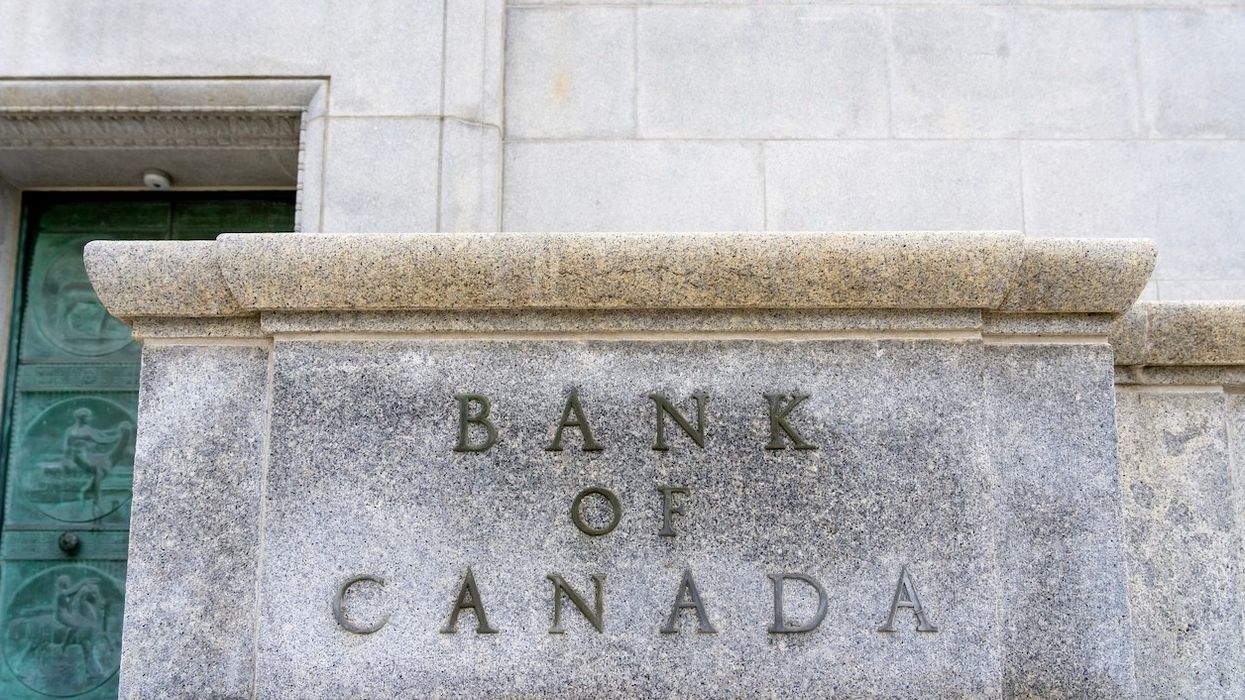For the second month in a row, Canada's annual rate of inflation fell below 3%, hitting 2.8% in February. Although lower inflation is certainly good news in its own right, what many Canadians are now wanting to know is whether they can look forward to interest rate cuts from the Bank of Canada (BoC), and soon.
BoC Governor Tiff Macklem has long maintained that he would need to see a pattern of inflation staying near the central bank's target of 2% before considering rate cuts. With January's 2.9% inflation rate followed by February's promising numbers — both of which came after December's 3.4% inflation rate — it certainly seems like a downward trend has emerged. For the millions of Canadians struggling with higher borrowing costs, it's a sign that relief may be on the horizon. But ask experts when that relief may come, and the answer is generally not until mid-year at the earliest.
As Scotiabank's Vice President and Head of Capital Markets Economics Derek Holt put it, "the BoC will require more than just a lousy couple of months of soft inflation data before deciding to pull the trigger on a rate cut and especially on meaningful rate cuts in a plural sense."
The BoC wants to have confidence that inflation will remain low, and Holt argues that "we're not there yet." He points to the American Federal Reserve, which saw inflation soften only to see it boomerang back up again.
BMO'S Chief Economist and Managing Director Economics Douglas Porter seems to agree, questioning whether a few months of promising numbers are enough to bring a rate cut at the next BoC announcement, scheduled for April 10, but he doesn't dismiss the idea outright.
"April still seems too early to be pulling the trigger on rate cuts, though it can't be entirely ruled out if the Business Outlook Survey shows even more progress," Porter writes in a new report. "The softness of the domestic economy and increasing slack driven by higher rates is helping put downward pressure on inflation, just as the BoC intended. At a minimum for April, look for the Bank to open the door to rate cuts."
This idea that we'll likely be given some kind of indicator towards rate cuts during its announcement next month was supported by Randall Bartlett Senior Director of Canadian Economics at Desjardins, who said that the bank "will likely signal a change in policy at its upcoming April meeting."
What can't be overlooked, however, is that shelter costs continue to be one of the biggest contributors to inflation, with most markets not having seen any substantial decrease in home prices since the BoC began its aggressive rate hike cycle. Mortgage interest was the biggest single contributor to inflation, up 26.3% annually.
"Rent continues to soar," Holt says. "Likewise for shelter costs that account for about one-quarter of the CPI basket excluding mortgage interest. And no, the BoC cannot just ignore one quarter of the basket."
The fear is that by lowering rates too quickly, or by too much, it could trigger another surge in the housing market with runaway prices and increasing unaffordability, like was seen before the rate hikes kicked in.
"The biggest risk in my opinion is nevertheless a central bank that has fouled up throughout the whole pandemic fouling up once again under pressure to ease prematurely," Holt says. "It took way too long to begin tightening while denying all of the inflation evidence. That made it have to tighten more than it would have had it acted faster. It went on pause and contributed to renewed pressures only to have to come back with more hikes. To ease too soon would be the final straw. It would be a high stakes gamble that could easily backfire and add another black mark against Macklem’s leadership in the role."
So when will the first rate cut actually come? BMO maintains its prediction for a June start — the BoC announcement that month is scheduled for the 5th — which seems to be something supported by RBC Economist Claire Fan.
"Overall, we continue to expect a persistently soft economic backdrop to further slow inflation readings in Canada in the months ahead, allowing for the BoC to start lowering interest rates around mid-year," Fan writes.





















